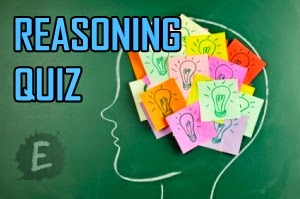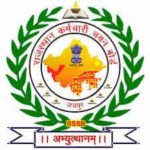Twelve people are sitting in two
parallel rows containing six people each, in such a way that there is an equal
distance between adjacent persons. In row-1 P, Q, R, S, T and V are seated and
all of them are facing South. In row-2 A, B, C, D, E and F are seated and all
of them are facing North. Therefore, in the given seating arrangement each
member seated in a row faces another member of the other row. S sits third to
right of Q. Either S or Q sits at an extreme end of the line. The one who faces
Q sits second to right of E. Two people sit between B and F. Neither B nor F
sits at an extreme end of the line. The immediate neighbour of B faces the
person who sits third to left of P. R and T are immediate neighbours of each
other. C Sits second to the left of A. T does not face the immediate neighbour
of D.
rows?
based on the given arrangement.
same pattern?
based on the given arrangement and so form a group. Which is the one that does
not belong to that group?
This post was last modified on November 27, 2017 9:03 am





